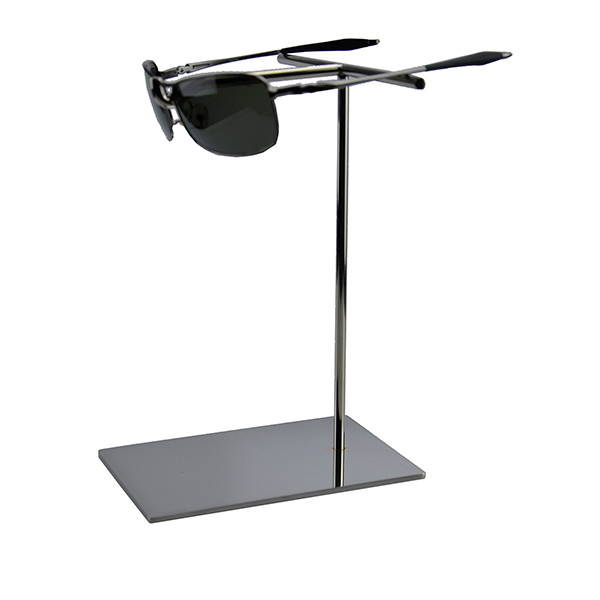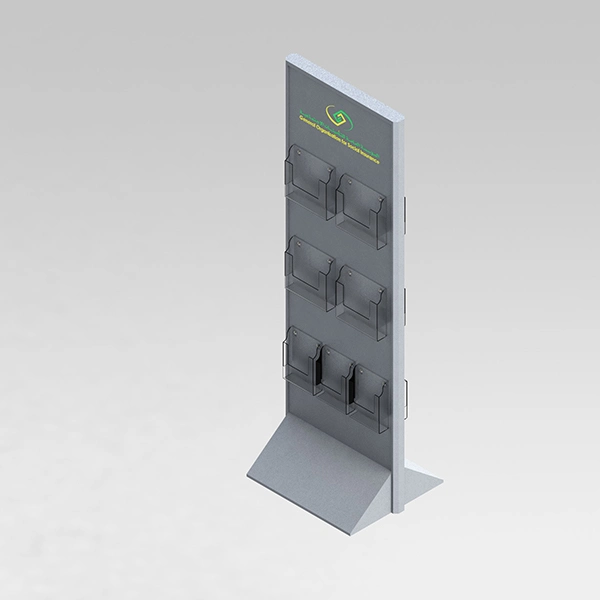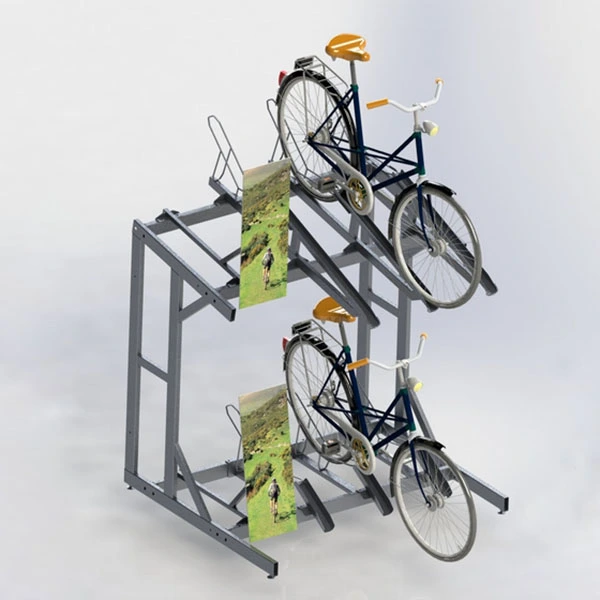Which Materials Are Best for Custom POP Displays?
POP display (point of purchase) is a cornerstone of modern retail marketing, offering a unique opportunity to influence consumers' purchasing decisions at critical moments. These displays are strategically positioned to catch the eye and engage customers, but the effectiveness of a POP display significantly depends on the choice of material. This blog explores the most effective materials for creating customized POP displays, considering durability, cost-effectiveness, aesthetic appeal, and environmental impact.
Understanding POP Display Requirements
Before delving into the materials, it's important to understand the specific requirements that these displays must meet:
- Durability: POP displays should withstand retail environments, including handling, bumps, scrapes, etc.
- Visual Appeal: Attractive displays catch the eye quicker and hold attention longer, enhancing the likelihood of a purchase.
- Cost-Effectiveness: Materials should be economically viable to provide a good return on investment.
- Sustainability: With increasing awareness of environmental issues, eco-manufacturing materials are more favored.

Popular Materials Used in POP Displays
1. Cardboard
Advantages
- Cost-Effective: Cardboard is among the most affordable materials, suitable for temporary displays.
- Lightweight: Easy to move and reposition as needed within the store.
- Customizable: Offers excellent printability for vivid graphics and detailed information.
Disadvantages
- Low Durability: Susceptible to damage in high-traffic areas.
- Limited Lifespan: Not ideal for long-term use.
2. Acrylic
Advantages
- High Durability: Resistant to impacts and can last for years.
- Aesthetic Flexibility: Provides a high-end look and can be molded into various shapes and sizes.
- Transparency: Can be transparent, which is perfect for showcasing the product itself.
Disadvantages
- Higher Cost: More expensive than materials like cardboard or corrugated plastic.
- Weight: Heavier than cardboard, which may complicate logistics.
3. Metal
Advantages
- Extreme Durability: Ideal for heavy-duty or permanent displays.
- Versatile Design Options: Can be painted, shaped, and combined with other materials.
- Sustainable: Metal displays are often recyclable, reducing their environmental footprint.
Disadvantages
- Cost: Generally more expensive due to material costs and manufacturing complexity.
- Weight: Heavy and difficult to move, limiting flexibility in placement.
4. Corrugated Plastic
Advantages
- Moderate Durability: More durable than cardboard but less so than acrylic or metal.
- Water Resistance: Suitable for outdoor use.
- Lightweight and Cost-effective: Easier to handle and less expensive than acrylic or metal.
Disadvantages
- Aesthetic Limitations: Not as sleek or high-end as acrylic or metal.
5. Wood
Advantages
- Aesthetic Appeal: Offers a warm, natural look that can enhance product presentation.
- Durability: Quite durable when treated and maintained properly.
Disadvantages
- Weight and Cost: Generally heavier and can be more expensive than synthetic materials.
- Maintenance: Requires more care to prevent damage from environmental factors.
Choosing the Right Material for Your POP Display
Selecting the right material for a POP display involves balancing several factors. Here is a strategic approach to making that choice:
Assess the Duration and Location of the Display
For short-term or seasonal campaigns, cardboard or corrugated plastic might be sufficient. For longer-lasting or permanent displays, especially in high-traffic areas, sturdier materials like metal or acrylic are preferable.
Consider the Product and Brand Image
Luxury products might benefit from displays made from high-quality materials like acrylic or metal, which reflect a premium feel. Eco-friendly brands might prioritize sustainable materials like recyclable metals or wood.
Budget Constraints
It's important to consider the overall budget for the marketing campaign. While it might be tempting to opt for cheaper materials, the durability and aesthetic appeal of more costly options might offer a better return on investment by attracting more customers.
Conclusion
The choice of material for a custom POP display depends on a variety of factors including the intended duration and location of the display, the type of product being marketed, the brand image, and budget constraints. Materials like cardboard and corrugated plastic offer affordability and are suitable for temporary uses, while acrylic, metal, and wood provide durability and a more aesthetic appeal for long-term applications. By carefully selecting the appropriate material, marketers can effectively enhance visibility, engage customers, and ultimately, drive sales.
Related Posts
Metal Materials and Corresponding Processing Techniques





